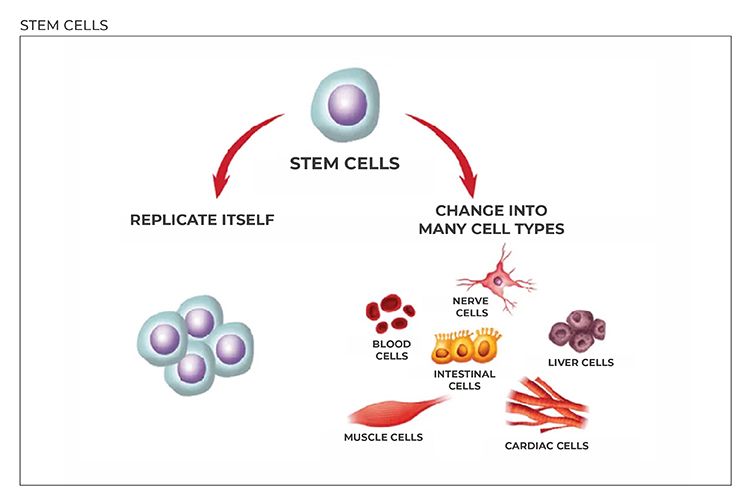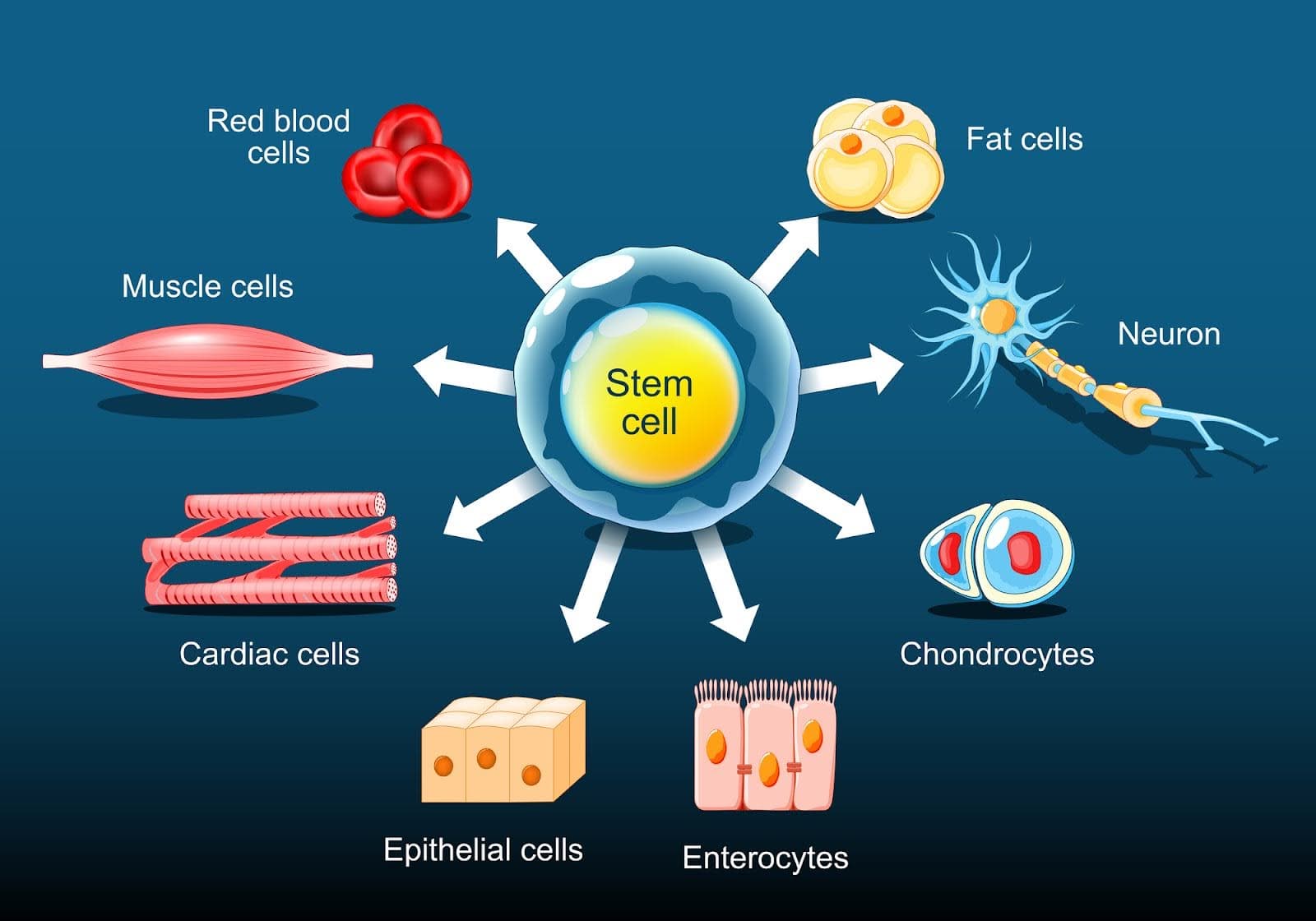Table of Contents
The writers note obstacles that continue to be, consisting of enhancing the engraftment success and cell survival. Since the ISCI and Miller Institution are leaders in this area, the authors also emphasize the requirement to systematize meanings and results actions in the area. "The Hare Laboratory stays at the forefront of pioneering new treatments in this crucial clinical domain name.
Currently we are exploring exactly how to harness such stem cells to help individuals heal their own broken hearts."The study is directed by the Cedars-Sinai Heart Institute, with the partnership of the Johns Hopkins College, where Dr. Marbn functioned prior to joining Cedars-Sinai in 2007. The 24 individuals taking part in the research study have hearts that were damaged and scarred by heart strikes.

It takes about 4 weeks for the cells to multiply to numbers adequate for therapeutic use, about 10 to 25 million. In the third and last step, the now-multiplied stem cells are re-introduced into the client's coronary arteries during a second catheter procedure. All individuals in the research needed to have experienced heart assaults within four weeks prior to registering in the research task.
Later this summer season, it is anticipated that 12 even more people will go through procedures to receive 25 million stem cells, while six extra patients will certainly be monitored as controls. The first person, Kenneth Milles, a 39-year-old controller for a small construction company in the San Fernando Valley, experienced a cardiac arrest on May 10 as a result of a 99 percent clog in the left anterior descending artery, a major artery of the heart.
The process to grow the cardiac-derived stem cells associated with the research study was developed by Marbn when he was on the professors of Johns Hopkins College. The college has declared a license on that particular intellectual building, and has licensed it to a business in which Dr. Marbn has a financial rate of interest.

All funding was stemmed from the National Institutes of Wellness, the Donald W. Reynolds Structure and Cedars-Sinai Medical Facility. Marbn holds The Mark Siegel Household Structure Endowed Chair and Supervisor of the Heart Institute.
Breaking down the use of stem cells for Heart Disease
Stem cell therapy for heart failing has actually emerged as a new means to treat and handle the core of the illness.
However, stem cell therapy can assist to alleviate signs and improve the heart's pumping capacity. This treatment utilizes the capability of stem cells to self-regenerate and self-heal. Adhering to the admission of stem cell injections for heart disease, numerous devices come right into play: Stem cells for cardiac arrest promote the development of specialized heart muscle mass cells and regenerate harmed tissue, enhancing the heart's pumping capacity.
These are kinds of grown-up stem cells that are gotten from bone marrow, fat tissue, and skin cells. These are the most common and well-researched kinds of stem cells.
These are obtained from embryos and have the pluripotent capacity to transform into any kind of kind of cells, consisting of cardiac ones. The main problem with these cells is that, as they are drawn from embryos, they have numerous moral and lawful limitations and are only utilized in details scenarios. for the factors pointed out above.
Are there supportive options for High Blood Pressure in today’s clinics?
These cells come from in the heart and are fit to cardiac repair service. Please, contact our medical advisor to review your health and wellness problem with a professional in regenerative medicine. You can additionally leave your call information for a callback. It is free and confidential. Clinical Consultant, Swiss Medica medical professional The application and treatment of stem cell treatment is composed of 5 actions: People begin with an online appointment with our medical consultant and are then evaluated by a cardiologist, who will acquire the required case history, execute blood examinations, and request imaging researches to figure out whether stem cell treatment for cardiac arrest is a sensible alternative.
We provide stem cells through painless stem cell injections for coronary infarction. A highly educated physician will inject processed stem cells right into the bloodstream; the whole procedure takes less than an hour. After completing the heart disease stem cell treatment procedures, our patients will certainly be monitored for any problems and results.
Table of Contents
Latest Posts
Innovative approach to Heart Disease via regenerative medicine
Are there supportive options for Heart Failure with regenerative medicine?
Stem cell injections for Arrhythmias with promising results
Navigation
Latest Posts
Innovative approach to Heart Disease via regenerative medicine
Are there supportive options for Heart Failure with regenerative medicine?
Stem cell injections for Arrhythmias with promising results